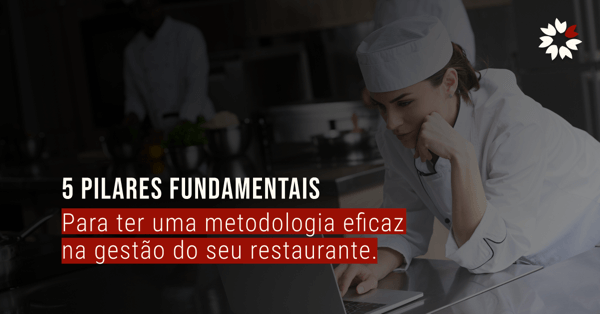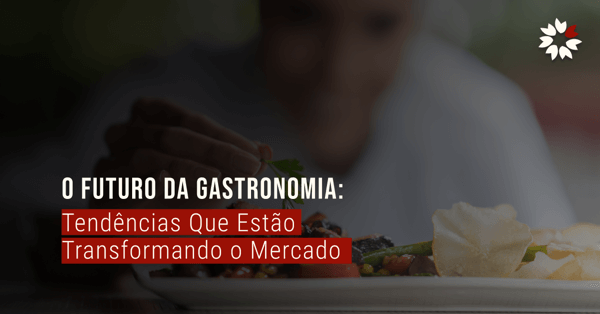1. Planejamento Estratégico
– Definição de Objetivos: Estabelecer metas a curto, médio e longo prazo, levando em consideração a visão e missão do restaurante.
– Análise de Mercado: Compreender o mercado-alvo, concorrência e tendências de consumo, permitindo uma adaptação contínua do modelo de negócios.
– Desenvolvimento de Planos de Ação: Criar estratégias para atingir os objetivos definidos, abrangendo aspectos financeiros, operacionais e de marketing.
2. Gestão Financeira
– Controle de Custos: Monitorar receitas e despesas rigorosamente para garantir a saúde financeira do negócio, incluindo análise do CMV (Custo da Mercadoria Vendida).
– Precificação Adequada: Desenvolver um modelo de precificacao baseado em custos, mercado e percepção de valor para maximizar lucros.
– Análise de Desempenho Financeiro: Realizar avaliações periódicas das finanças, ajustando estratégias conforme necessário para a sustentabilidade.
3. Operações Eficientes
– Padronização de Processos: Criar e implementar procedimentos operacionais padrão para garantir consistência na qualidade e no serviço.
– Gestão de Estoque: Monitorar e otimizar o controle de estoque para evitar desperdícios e garantir a disponibilidade de insumos.
– Treinamento da Equipe: Oferecer formação contínua para todos os colaboradores, garantindo que entendam e sigam os processos estabelecidos.
4. Experiência do Cliente
– Foco na Hospitalidade: Proporcionar um atendimento excelente, que crie uma conexão emocional com o cliente, promovendo a lealdade e a satisfação.
– Feedback e Avaliação: Implementar mecanismos para coleta de feedback dos clientes, utilizando essas informações para melhorias contínuas na experiência oferecida.
– Personalização: Adaptar a experiência gastronômica de acordo com as preferências dos clientes, quando possível, para aumentar a satisfação e o retorno.
5. Inovação e Adaptabilidade
– Acompanhamento de Tendências: Estar atento às novas tendências do mercado, tanto em termos de culinária quanto de tecnologia e comportamento do consumidor.
– Flexibilidade e Adaptação: Ser capaz de ajustar a operação, o cardápio e as estratégias de marketing conforme as mudanças nas demandas dos clientes e do mercado.
– Promoção da Criatividade: Incentivar a equipe a apresentar ideias novas e melhorias, promovendo a inovação no menu e na forma de atendimento.



